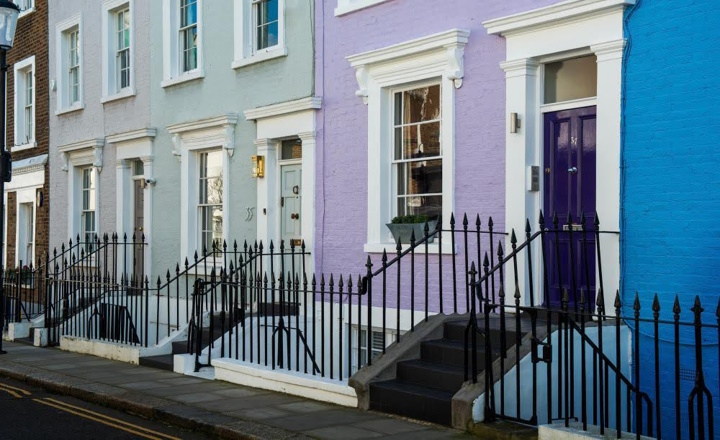
First impressions are crucial in the real estate industry. A prospective buyer's opinion is shaped by a property's exterior presentation even before they enter. A well-designed facade embodies quality, pride of ownership, and attention to detail in addition to being aesthetically pleasing. Indeed, research indicates that curb appeal can raise a home's perceived value by as much as 7%. In addition to single-family homes, well-designed exteriors greatly benefit commercial buildings and multi-family homes by drawing in higher-paying clients and tenants. This article examines the various ways that external elegance directly raises real estate value, making it an important factor for homeowners, developers, and investors.
The Influence of First Impressions
The exterior of a building is its outward greeting to the outside world. Buildings are assessed by their external appearance in the same way that people are assessed by how they appear in social or professional contexts. After just a few seconds of seeing a house or business, buyers make snap judgments and frequently emotionally connect—or disengage—before even seeing the interior. A well-kept exterior gives buyers peace of mind about possible maintenance expenses and hidden problems by demonstrating that the property has been well-maintained. On the other hand, an outdated or neglected façade may cause concerns and result in lower offers or a longer time on the market. Making a strong first impression can mean the difference between a quick sale at asking price and a property sitting unsold in a competitive real estate market.
Value-Adding Architectural Details
Certain architectural elements can significantly increase a property's appeal and value; not all facades are made equal. Visual interest and sophistication are produced by features like tasteful entryways, modern windows, updated siding, and decorative moldings. Using organic materials like brick, stone, or wood creates a timeless appeal by adding warmth and texture. Additionally, buyers naturally value the overall sense of harmony created by symmetrical design, balanced proportions, and complementary color palettes. Adding glass facades or sleek metal finishes to commercial properties can convey professionalism and creativity. Owners can differentiate their properties from the competition and increase the value of their properties by carefully incorporating architectural details.
Benefits of Long-Term Investments
By maintaining greater demand even in less favorable circumstances, a distinctive exterior helps properties weather market swings. By encouraging pride of occupancy, a well-kept and appealing facade lowers tenant turnover for properties that generate revenue, which is crucial in big countries with tons of real estate options. For instance, if you live in Australia, think about finding experts in exterior painting from Brisbane who can spice up your exterior and make it look amazing and more appealing to local buyers looking for a unique place. Additionally, this approach can help strengthen commercial spaces' branding, strengthening a favorable perception in the eyes of clients and customers. In the end, the facade serves as a layer of protection and promotion for the real estate investment, gradually increasing its value.
Benefits of Sustainability and Energy Efficiency
The facade has a significant impact on a building's energy efficiency, and buyers today are becoming more environmentally conscious. In addition to improving visual appeal, features like double-glazed windows, insulated cladding, and shading devices also increase energy efficiency by controlling interior temperatures. Green facades, which incorporate vertical gardens or climbing plants, signal environmental responsibility and provide additional insulation benefits, which appeal to many buyers. Over time, sustainable exterior design choices can lower utility costs, lowering the cost of operating the property. Eco-friendly properties are more marketable and have a higher perceived long-term value since they frequently qualify for tax breaks or certifications like LEED.
Improving Usability and Livability
Beyond just being aesthetically pleasing, a well-designed facade enhances the area's usability and livability. Windows are positioned carefully to optimize natural light, which lowers the need for artificial lighting and makes spaces cozier. Covered porches, balconies, or patios that increase usable outdoor living space are other examples of thoughtful facade design. These features are particularly appealing in post-pandemic real estate markets where outdoor living is highly valued. Additionally, improved visibility and lighting are two ways that well-designed exteriors improve security. Attractive facades for commercial buildings can boost foot traffic, draw in customers, and even support higher rental prices. The exterior makes a significant contribution to both lifestyle and economic value by striking a balance between aesthetics and functionality.
External elegance is much more than just appearances; it is essential for influencing opinions, improving usability, and raising property values. Considering the psychological effects of initial impressions as well as the practical advantages of sustainability and longevity, a well-designed facade provides a strong return on investment!




